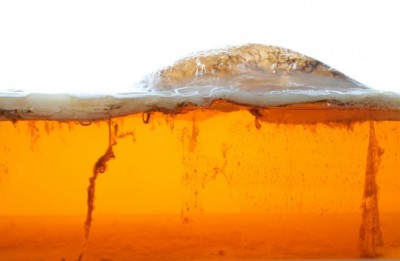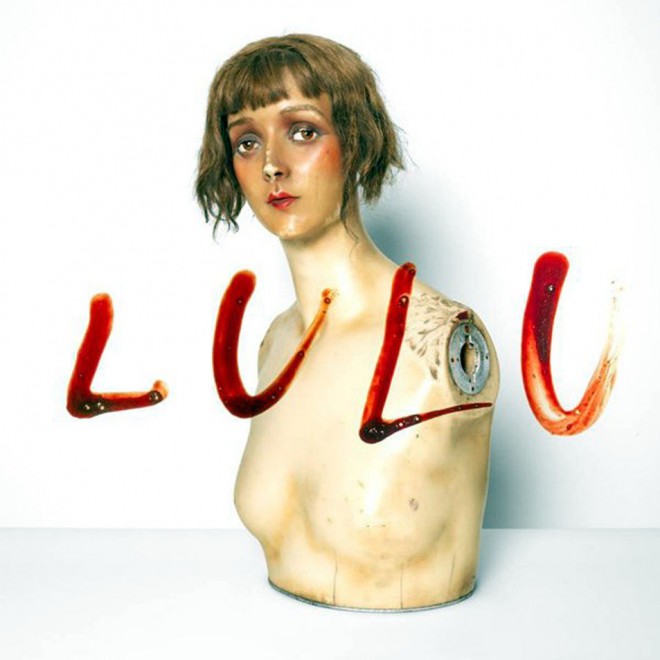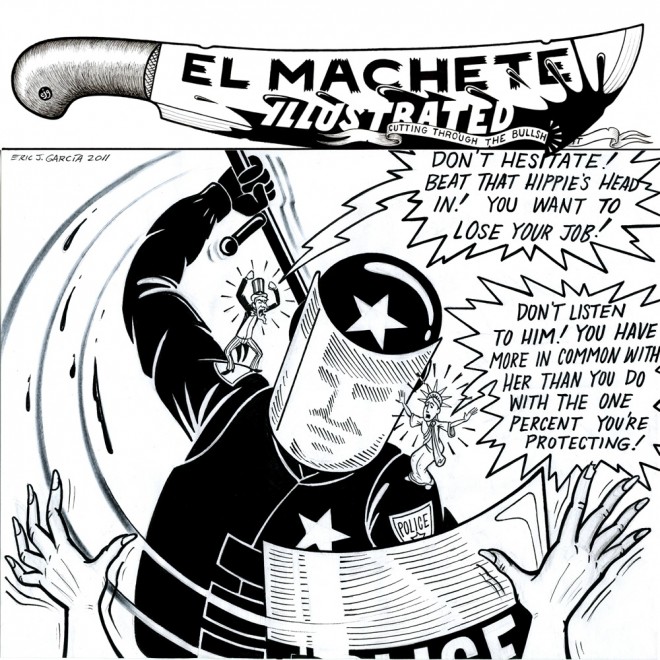
Do fashion designer and tech geek need to be mutually exclusive? London-based fashion designer and founder of BioCouture — Suzanne Lee is a hybrid of the two. Her transformative , if not science-fictional, design approach turns bacteria into wearable fabric. As crazy as it sounds, the process is actually low-tech and low-cost. Harvested from fermenting a mixture of yeast bacteria, green tea, sugar nutrient and mother culture, the hydrated textile will dry itself into a transparent sheet of fabric resembling paper. No dying or stitching is required for this environmentally-friendly fabric. Color comes from green tea, while the bacterial cellulose will mold itself into desirable form. Although marriage between fashion and science is not new, bio-fabric has remained a road less travelled. The impact of Suzanne Lee’s research is seminal: the research proposes the possibility of using microbes to grow building blocks for architecture and furniture, a radical move for our built environment. Although research-oriented, Suzanne is concerned with both practicality and beauty of her design. For the TED conference, she wore a translucent, ruffled jacket to stage, a latest item in her BioCouture wardrobe. As she said: “I can’t design anything I wouldn’t wear or use myself.”
Suzanne Lee is a senior research fellow at the School of Fashion & Textiles at Central Saint Martins in London, who lectures internationally and has run workshops in conjunction with the chemical engineering and synthetic biology departments at Imperial College London. As part of the Fall 2011 Visiting Artist Program series, she will be giving a lecture at SAIC on December 6.
Ziyuan Wang: How did you develop the formula and methods for your scientific research? Does it take a deep understanding of biology, especially microbiology, to be able to actualize the idea of growing textiles out of microorganisms?
Suzanne Lee: I started by collaborating with a biologist and learning about various aspects of scientific method that has informed the design inquiry. I used a well-documented recipe for kombucha, which is a simple fermentation method that harnesses living organisms. This can only take you so far. To engineer specific material qualities so that it performs more like a familiar textile requires scientific expertise spanning microbiology, chemical engineering, materials science and so on. No one person has the required expertise; it needs a team of experts.

ZW: So far “ BioCoutures” is primarily engaged in developing a sustainable textile. How do you approach this idea as a fashion designer instead of a scientist? How much effort is put into the design end?
SL: Due to the length of time it takes for scientific research to progress, my focus has shifted to embrace a broader field of design than just fashion — this project cannot be achieved within traditional seasonal time frames. The material also suggests itself as being suitable for applications beyond clothing textiles. As a designer, my approach is in striving to achieve desirable material qualities: how does it drape, sew, stretch, dye, wear etc. The garments I have made to date are non-seasonal prototypes that avoid quickly dating trends in favor of design/material explorations.
ZW: What is the drive for you to learn the biological theory and have a hands on approach to the fermentation process instead of simply handing it over to professionals?
SL: I see this as a collaborative process. Scientists are creative individuals too with their own investigative concerns. I haven’t met one yet who would be happy to do what they are told by a designer — unless you are a big company with money to fund research. You have to find ways to seek out experts who can assist you with your own creative journey and in so doing advance their own field of discovery. You have to understand the scientific drive as well as your own design issues. I might understand the basics behind the science of the project, but I am not a trained biologist or engineer and have no plans to take a PhD in biochemistry. I do not have the relevant expertise to work on fundamental scientific elements, so this is, of course, left to specialists.
ZW: Will it be possible to mass-produce garments made from microbes in the near future?
SL: I wish I could say yes, next year, but sadly it’s not that simple. Sorry to burst your bubble, but imagine what a revolution that would be! How many brand new materials from a completely new source (not oil or plant-based) can you list that have been developed in the last century? How much time and money do you think it costs to develop a new material from scratch, design a whole new method of production, scale it up industrially and then persuade the consumer that they need this strange new product in their life? Clothes may well be one of the last products to be manufactured from microbes as the harsh wash and wear requirements of a garment are far more challenging than materials for lighting, furniture or even accessories.
ZW: Apart from the high water absorbency of bacteria cellulose, what are the other limitations of this fabric?
SL: Actually the water-absorbency is not so much of an issue, in theory it can be remedied quite easily. I’m also keen to improve the stretch, control the timing of biodegradation, and explore structural color; there are many possibilities!

ZW: Do you see a marketable aesthetic appeal in your “BioCouture” beyond its conceptual novelty?
SL: I’d like to improve the aesthetic so we could offer it as a vegetable alternative to leather, this is the closest comparison.
ZW: The way you shape the form of the wet textile is to dry it on a wooden mold. Can the shape stay that way without stitches?
SL: That is the stitchless method of construction but you can sew it as well. Ideally I’m aiming for a production process where shapes can be formed by the microorganism as it spins the threads so that it is grown seamlessly.
ZW: Do you feel liberated or restrained by the absence of sewing process?
SL: It’s not absent, I’ve made clothes both ways and in fact most of these ‘bio’ garments to date have been sewn.
ZW: Are you inspired by other artists/fashion designers working towards a sustainable future?
SL: Of course, and quite frankly I believe as a designer working today it is your responsibility to make this a primary concern.
ZW: If bacteria and natural minerals can be used to build furniture and houses, does it mean our living environment will go back to the Stone Age?
SL: Quite the reverse. The biotech revolution of the 21st century is not about a return to nature but rather creating an engineered version of the natural world afforded by emergent research in synthetic biology. If you embrace living organisms to make things for you it may well be that new aesthetics naturally occur. Rather than imposing our strict will on materials, a new space opens up in which we might jointly create — where we design the parameters but there is room for an organism to aesthetically ‘ad-lib.’
ZW: What is the next step on your research team’s agenda?
SL: We are putting together a multi-disciplinary group to tackle the many challenges from all angles! I’d like to produce a suite of materials with varying qualities for diverse applications.
Suzanne Lee speaks at SAIC Columbus Auditorium, December 6 at 6 pm. For more information please visit VAP website.







